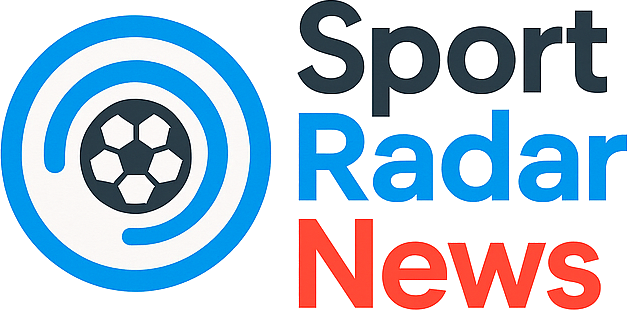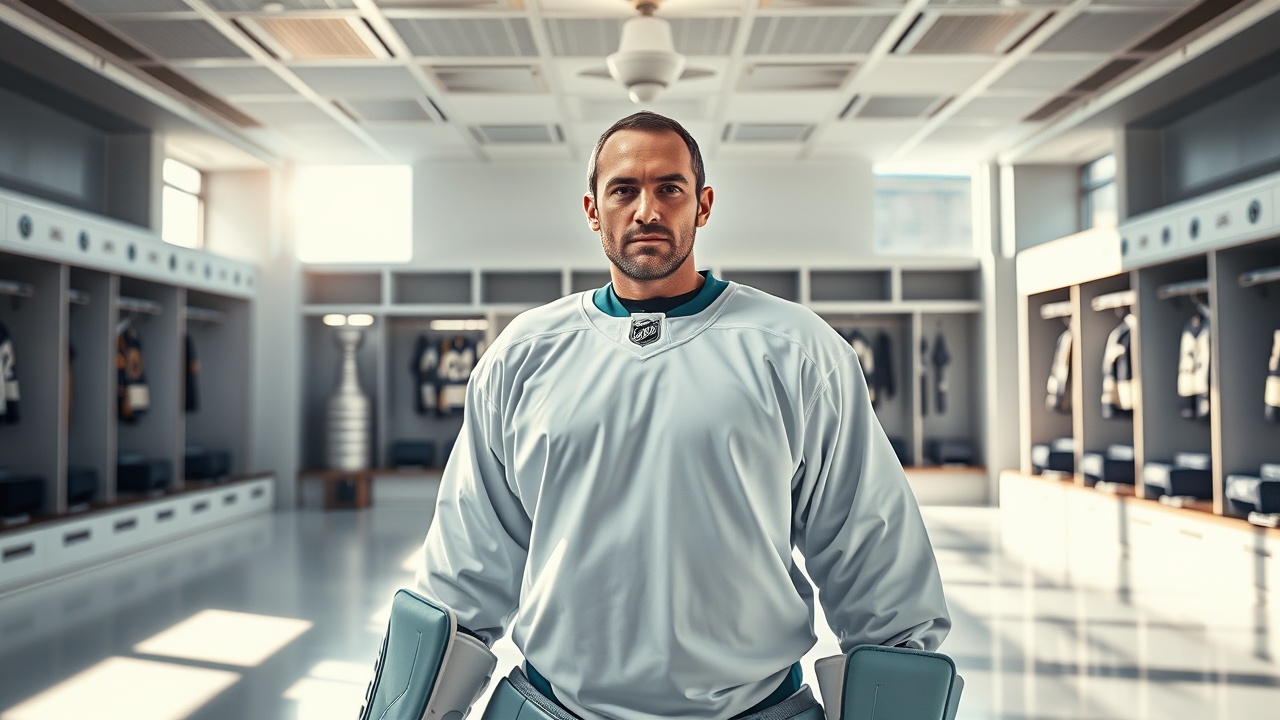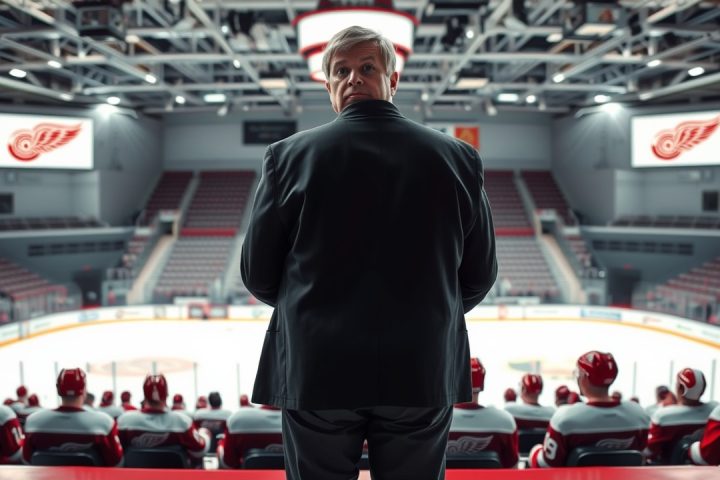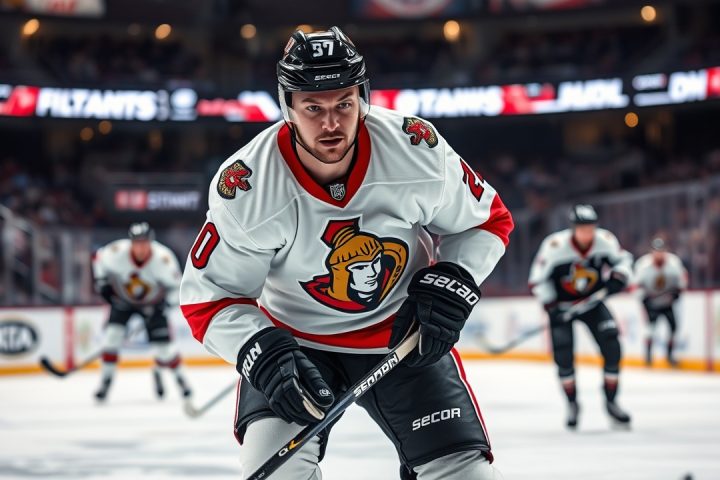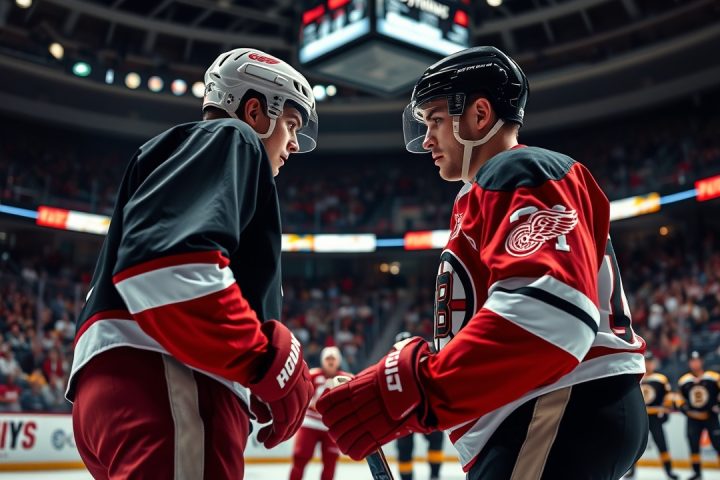NHL Goaltenders: Balancing Team Responsibilities and Personal Health
The demanding landscape of the NHL season presents unique challenges for goaltenders, who often grapple with the tension of team responsibilities and their own physical health. A typical scenario unfolds in the early hours after a team’s flight lands at 3 a.m. local time in a new city, needing to prepare for an optional skate session at 10 a.m. the next morning. While most star players choose to rest, those who show up for practice occasionally find themselves in need of a goalie—leading many to lace up their skates regardless of personal fatigue.
“You feel the necessity to join the practice because you want to support your teammates who are on the ice and help them out by being there as a goalie, even if your body might be telling you otherwise,” commented Jake Oettinger, the goalie for the Dallas Stars.
The demands of being a netminder have resulted in a noticeable decrease in the number of starts by seasoned goalies over recent years. Critics argue that this trend has diminished the perceived value of elite goaltenders. Additionally, with a new collective bargaining agreement (CBA) set to take effect for the 2026-27 season, which will further elongate the season to 84 games, these issues have intensified.
Changes in Emergency Backup Goaltender Protocol
One significant shift resulting from this new CBA involves the emergency backup goaltender (EBUG) protocol. The rules governing EBUGs will mostly remain the same: they cannot possess prior NHL experience, have participated in more than 80 professional games, or played professional hockey over the past three years. However, the key change is that every NHL team will now include a full-time EBUG who will travel with the team and participate in practices year-round, rather than only being available as a last-minute replacement during home games.
This adjustment has led to speculation regarding its impact on memorable in-game moments like David Ayres’ thrilling debut as an emergency goalie for the Carolina Hurricanes in 2020. However, professional netminders are more concerned about how this could enhance routine practices. While meaningful game action for EBUGs is rare—only occurring six times in the last decade—being involved in daily practices could provide starting goalies with strategic opportunities to manage their workload more effectively.
“This change is overdue and could help goalies preserve their careers by alleviating some physical strain,” Oettinger predicted.
The Evolution of Goaltending
Historically, starting goalies often racked up over 60 appearances in a single season. For instance, in the 2016-17 season, eleven goalies hit that benchmark, with Cam Talbot leading the pack as the last to reach 70 games. Fast forward to this current season, and only five netminders achieved 60 starts, including prominent names such as Connor Hellebuyck and Andrei Vasilevskiy.
The evolving nature of the goaltending position contributes to these statistics; increased game speed and the rise of the butterfly style has made it more physically demanding, and younger, more skilled athletes raise the competitive stakes. Consequently, teams are opting to rotate their first-choice goalies more frequently, leading to a practice culture that doesn’t always serve their recovery effectively.
“Sometimes, the toughest practices occur when I’m not in the game. Instead of resting, I find myself engaging in intense morning skates with the backup, putting more strain on my body than actual game days would,” Oettinger shared.
This perception echoes among goaltenders, who often spend practice acting as targets in drills designed for skaters, rather than honing their technical skills collaboratively with a goalie coach.
The Future of EBUGs and Goaltending Practices
The inclusion of a dedicated EBUG could dramatically change practice dynamics. EBUGs are eager to step up and face shots from their more skilled counterparts. Reflecting on his past role, Ayres, who became a household name after his NHL debut, shared:
“I fondly recall my time waiting in the net during drills, knowing I was allowing the real goalies to avoid unnecessary risks. I loved facing their shots—and today, people still recognize me for that experience.”
In his day-to-day role as a freight train conductor, Ayres has utilized his fame to advocate for organ donation after receiving a kidney transplant from his mother. While he acknowledges the charm of filling in as an emergency goalie, he grasps the necessity of the CBA adjustments, noting many EBUGs may miss out on similar opportunistic moments in the future.
Connor Beaupre, who has been an EBUG for the Minnesota Wild since the 2016-17 season, expresses curiosity about team perspectives on the redefined EBUG role. Despite disappointment regarding the potential lack of emergency opportunities, he understands the shift meant to benefit overall team performance and player longevity.
Ultimately, the practice modifications brought about by the inclusion of full-time EBUGs could translate to improved performance and health for NHL goaltenders—an encouraging development for the league.
“Even if it means skipping just a few practices each month, that could equate to fewer gear donning sessions over the course of a season, ultimately extending a goalie’s career,” Oettinger concluded.
According to him, the collaborative aspects of this CBA adjustment enjoyed consensus support, indicating a positive step for both players and management alike.
